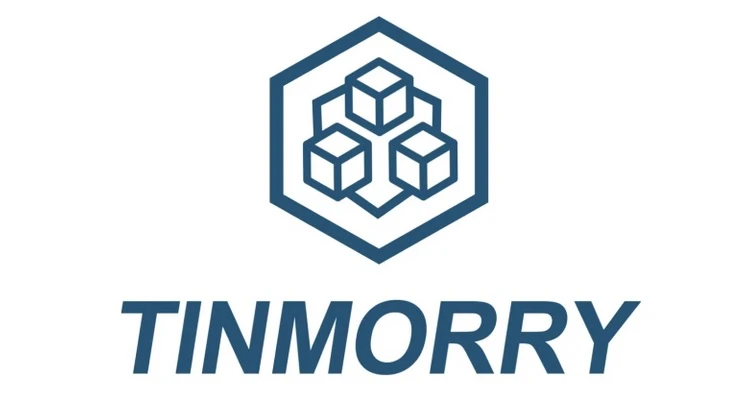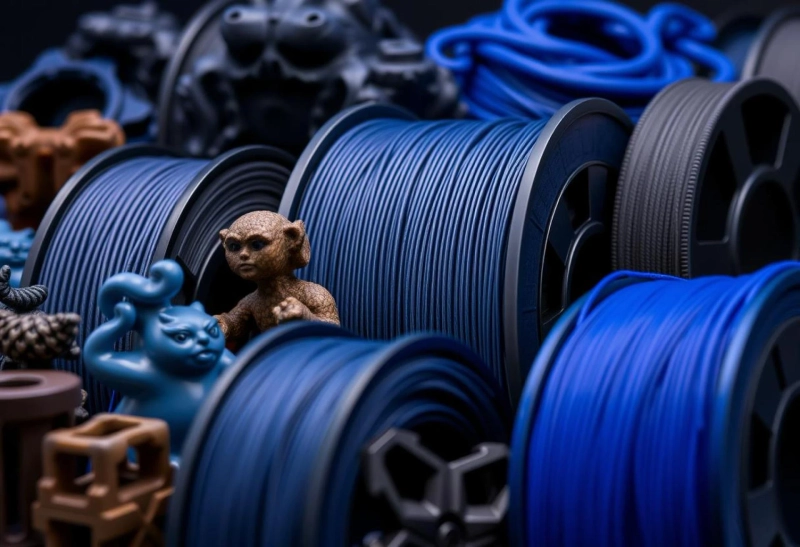The Ultimate Bulk 3D Filament Buying Guide: Cost Savings & Quality for Healthcare, Manufacturing & Beyond
Unlock significant cost savings, streamline inventory, and ensure consistent print quality by purchasing your filament in volume. As additive manufact


